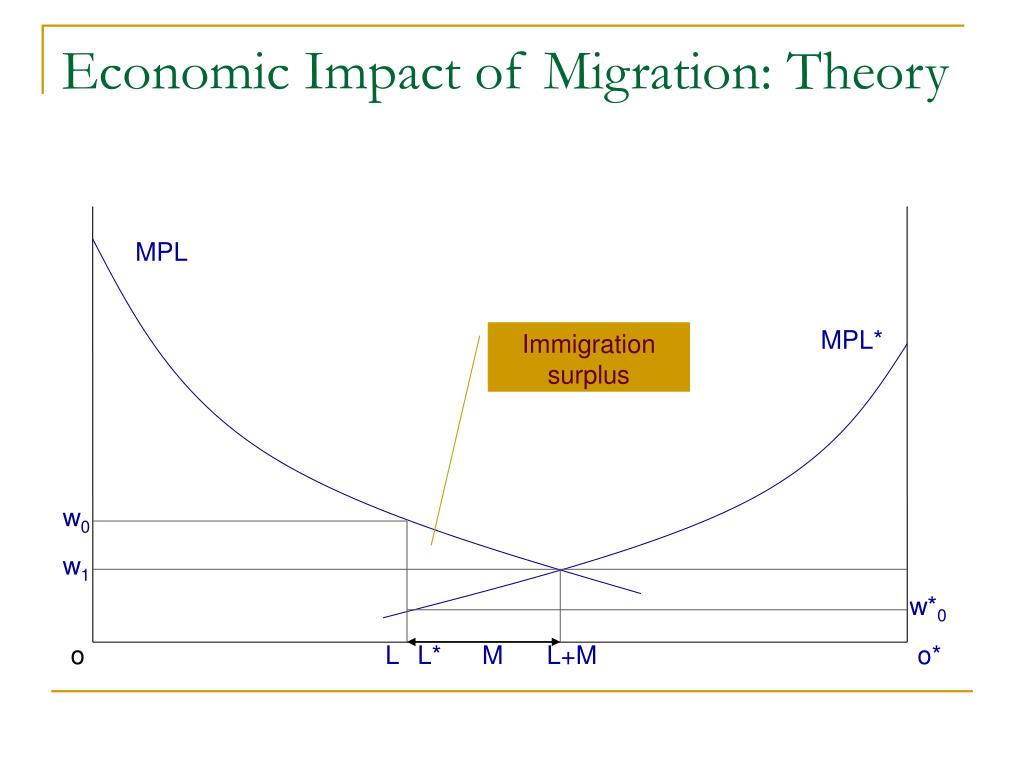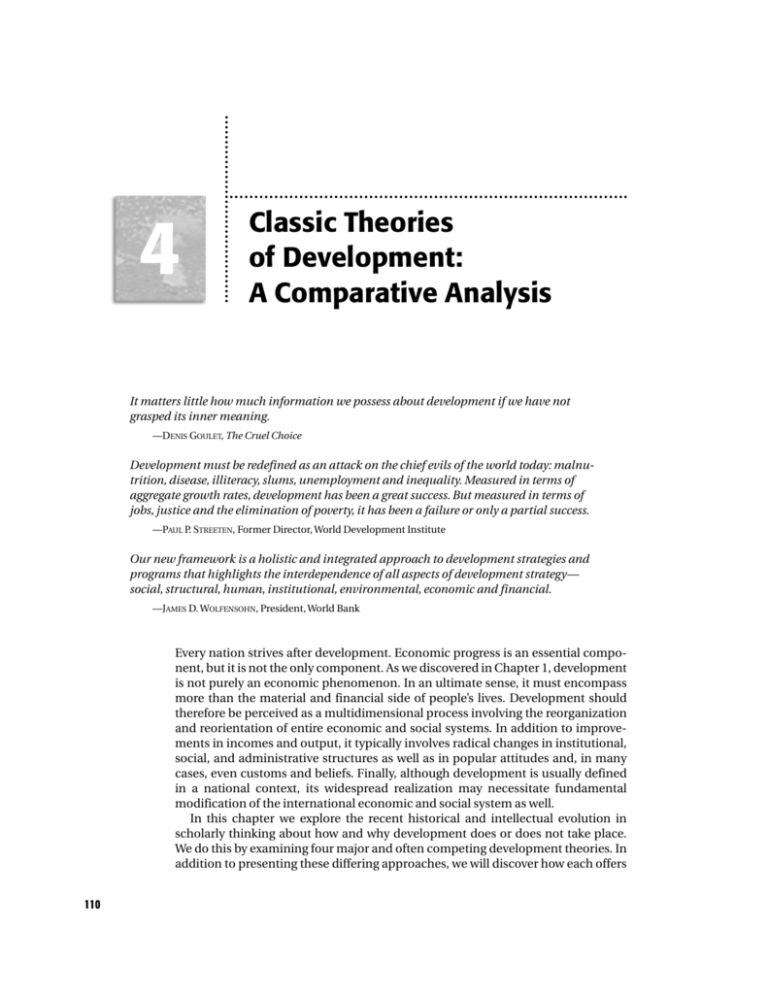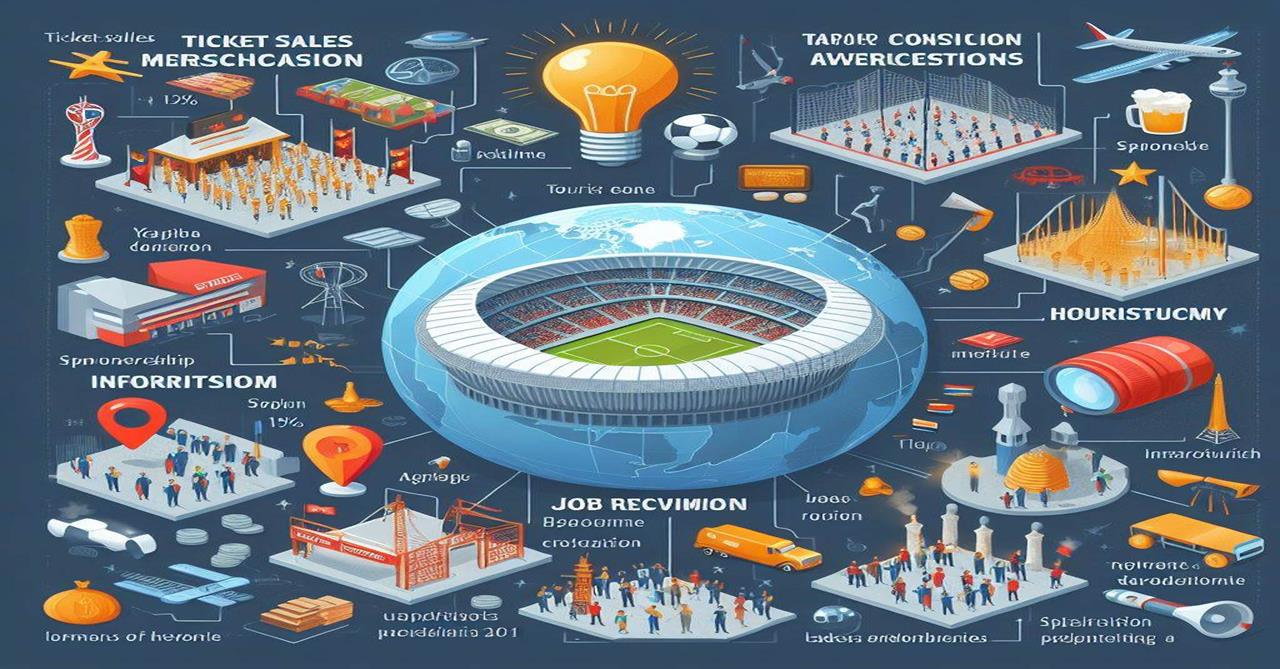
The Economic Impact of Global Migration Patterns: Understanding How People Moving Shapes Economies
Imagine our world as a giant, interconnected puzzle. Every piece, every country, relies on others in various ways. One of the most dynamic and influential pieces in this global puzzle is migration – the movement of people from one place to another, often across international borders.
While discussions about migration often focus on social or political aspects, its economic impact is profound and far-reaching. It’s not just about individuals seeking a better life; it’s about the flow of labor, skills, money, and ideas that can shape the prosperity of nations, both those people leave and those they arrive in.
This article will break down the complex economic effects of global migration patterns in easy-to-understand terms, exploring both the benefits and challenges for countries around the world.
What Exactly is Global Migration?
Before we dive into the economics, let’s clarify what we mean by global migration. Simply put, it’s the movement of people from their home country to another country, usually with the intention of settling there, at least for a significant period.
People migrate for many reasons, including:
- Economic Opportunities: Seeking better jobs, higher wages, or more stable economies. This is the most common driver.
- Safety and Security: Fleeing conflict, persecution, or natural disasters (often referred to as refugees or asylum seekers).
- Education: Pursuing higher education or specialized training not available in their home country.
- Family Reunification: Joining family members who have already migrated.
The sheer scale of global migration is significant. According to the United Nations, there are over 281 million international migrants worldwide, representing about 3.6% of the global population. This constant flow creates a ripple effect throughout the global economy.
The Economic Upside: How Migration Can Boost Receiving Countries
When people move into a new country, they don’t just bring their belongings; they bring their skills, their needs, and their ambitions. This can lead to several significant economic benefits for the countries they arrive in.
1. Filling Labor Gaps and Boosting the Workforce
Many developed countries, especially, face aging populations and declining birth rates. This means fewer young people are entering the workforce to support the economy and an increasing number of retirees need support. Migrants often fill these crucial labor gaps, especially in sectors that struggle to find local workers.
- Specific Examples: Migrants frequently take on jobs in agriculture, construction, healthcare (doctors, nurses, caregivers), and hospitality. They often do jobs that native-born workers may be less willing to do, or where there simply aren’t enough native-born workers available.
- Economic Growth: A larger and younger workforce means more people paying taxes, producing goods and services, and contributing to the overall Gross Domestic Product (GDP) – the total value of goods and services produced in a country.
2. Fueling Innovation and Entrepreneurship
Migrants are often highly entrepreneurial. Moving to a new country requires courage, resourcefulness, and a willingness to take risks – qualities that are essential for starting new businesses.
- New Businesses: Studies show that immigrants are more likely to start businesses than native-born citizens. These businesses create jobs not just for other migrants but for native-born workers too.
- New Ideas and Skills: Migrants bring diverse perspectives, knowledge, and skills from their home countries. This "cross-pollination" of ideas can spark innovation, lead to new products and services, and make industries more competitive. Think of the tech sector in Silicon Valley, heavily influenced by immigrant talent.
3. Increasing Consumption and Tax Revenue
When migrants arrive, they become consumers. They buy food, rent homes, purchase clothes, and use transportation. This increased demand for goods and services stimulates local economies.
- More Spending: More people spending money means more business for local shops, restaurants, and service providers.
- Tax Contributions: Migrants pay taxes just like everyone else – income tax, sales tax, property tax. These tax contributions help fund public services like schools, hospitals, roads, and social security programs. In many countries, migrants contribute more in taxes than they receive in public services over their lifetime.
4. Supporting Aging Populations and Social Security
As mentioned, many developed countries are facing a demographic challenge: an increasing proportion of elderly people and a shrinking working-age population. Migrants, who are often younger, help balance this demographic shift.
- Pension Systems: Their contributions to social security and pension systems help support the retired population, ensuring the long-term sustainability of these vital programs.
- Care Economy: Migrants are often crucial to the care economy, providing services for children, the elderly, and people with disabilities, allowing native-born workers to remain in the workforce.
The Flip Side: Challenges for Receiving Countries
While the economic benefits are significant, migration is not without its challenges. These challenges often require careful planning and policy responses from governments.
1. Pressure on Public Services and Infrastructure
A sudden influx of people, especially in specific areas, can put strain on existing public services.
- Schools and Healthcare: More people need access to schools, hospitals, and public transportation, which can become overcrowded if not adequately expanded.
- Housing: Increased demand can drive up housing costs, making it difficult for both new arrivals and existing residents to find affordable places to live.
- Integration Costs: Governments may need to invest in language classes, job training, and cultural integration programs to help migrants settle in, which can be an upfront cost.
2. Wage Concerns and Labor Market Competition (Often Exaggerated)
One common concern is that migrants might "take jobs away" from native-born workers or drive down wages.
- Limited Impact: Economic research generally shows that the overall impact of migration on wages and employment for native-born workers is small, and often positive. Migrants usually fill jobs that native-born workers aren’t taking, or they create new jobs through entrepreneurship.
- Specific Sectors: In some very specific, low-skilled sectors, there might be temporary downward pressure on wages. However, the economy is dynamic, and over time, the benefits of increased demand and economic activity tend to outweigh these localized effects.
3. Social Integration Challenges
While not purely economic, difficulties in social integration can indirectly lead to economic challenges, such as:
- Unemployment: If migrants face discrimination or language barriers, it can be harder for them to find jobs matching their skills, leading to underemployment or unemployment.
- Social Cohesion: Tensions can arise if communities feel overwhelmed or if there are significant cultural differences, which can sometimes impact local economic activity (e.g., reluctance to invest in areas perceived as unstable).
The Impact on Origin Countries: A Complex Picture
It’s crucial to remember that migration is a two-way street. The countries people leave also experience significant economic effects, both positive and negative.
1. Remittances: A Lifeline for Many
This is perhaps the most significant economic benefit for origin countries. Remittances are the money that migrants send back home to their families and communities.
- Massive Global Flow: Remittances are a huge source of income for many developing countries, often exceeding foreign aid and even foreign direct investment. In 2023, global remittances were estimated to be over $860 billion.
- Poverty Reduction: This money is often used for basic needs like food, housing, and healthcare, lifting millions out of poverty.
- Investment: Remittances are also used for education, starting small businesses, and improving homes, contributing to local economic development.
2. Brain Drain: The Loss of Talent
One of the most frequently cited downsides for origin countries is "brain drain" – the emigration of highly skilled and educated individuals (doctors, engineers, scientists, teachers).
- Loss of Human Capital: This can severely impact a country’s development potential, as it loses the very people who could drive innovation, provide essential services, and educate the next generation.
- Investment Loss: The country loses the return on its investment in educating these individuals.
3. Brain Gain and Circulation: A More Nuanced View
While brain drain is a concern, the picture isn’t always entirely negative.
- Return Migration: Some migrants eventually return home, bringing back new skills, experiences, and capital (money saved). This is sometimes called "brain gain."
- Diaspora Networks: Migrants abroad often form strong networks (diaspora communities) that can facilitate trade, investment, and knowledge transfer back to their home countries. They can act as bridges for business between their new country and their old one.
4. Reduced Unemployment and Social Pressure
For countries with high unemployment rates, emigration can sometimes act as a "safety valve," reducing the pressure on the domestic job market and easing social tensions.
Long-Term Global Implications of Migration Patterns
Beyond individual countries, global migration patterns have broader implications for the world economy.
- Global Inequality: Migration can both reduce and exacerbate global inequality. Remittances help equalize incomes between rich and poor countries, but brain drain can widen the gap if skilled workers leave without bringing benefits back.
- Trade and Investment Flows: Migrants often create new trade routes and investment opportunities between their origin and destination countries.
- Human Capital Development: The global movement of people means a more interconnected and potentially more efficient global allocation of human capital, leading to overall greater global productivity.
Navigating the Future: Smart Policies for Economic Benefit
Understanding the economic impact of global migration is crucial for designing effective policies. Countries that manage migration well can maximize its benefits while minimizing its challenges.
Key policy approaches include:
- Effective Integration Programs: Investing in language training, job placement services, and cultural orientation helps migrants quickly become productive members of society.
- Skills Recognition: Streamlining processes to recognize foreign qualifications and skills ensures migrants can work in jobs that match their expertise, preventing underemployment.
- Addressing Root Causes: International cooperation to address the underlying reasons for forced migration (conflict, poverty, climate change) can help manage uncontrolled flows.
- Managed Migration Pathways: Creating clear, legal pathways for migration that match labor market needs can ensure a steady supply of workers while preventing irregular migration.
- Leveraging Diaspora: Encouraging and facilitating engagement from diaspora communities in trade, investment, and knowledge transfer back to their home countries.
Conclusion: A Dynamic and Essential Force
The economic impact of global migration patterns is incredibly complex and multifaceted. It’s not a simple case of "good" or "bad" but rather a powerful, dynamic force that reshapes economies worldwide.
From filling critical labor shortages and fueling innovation in destination countries to providing vital remittances and fostering global connections for origin countries, migration plays an undeniable role in the global economy. While challenges exist, particularly in terms of integration and pressure on public services, the overwhelming consensus among economists is that, when managed effectively, global migration is a net economic positive, driving growth, fostering diversity, and building a more interconnected and prosperous world.
Understanding these economic impacts is the first step towards creating policies that harness the immense potential of human mobility for the benefit of all.




Post Comment